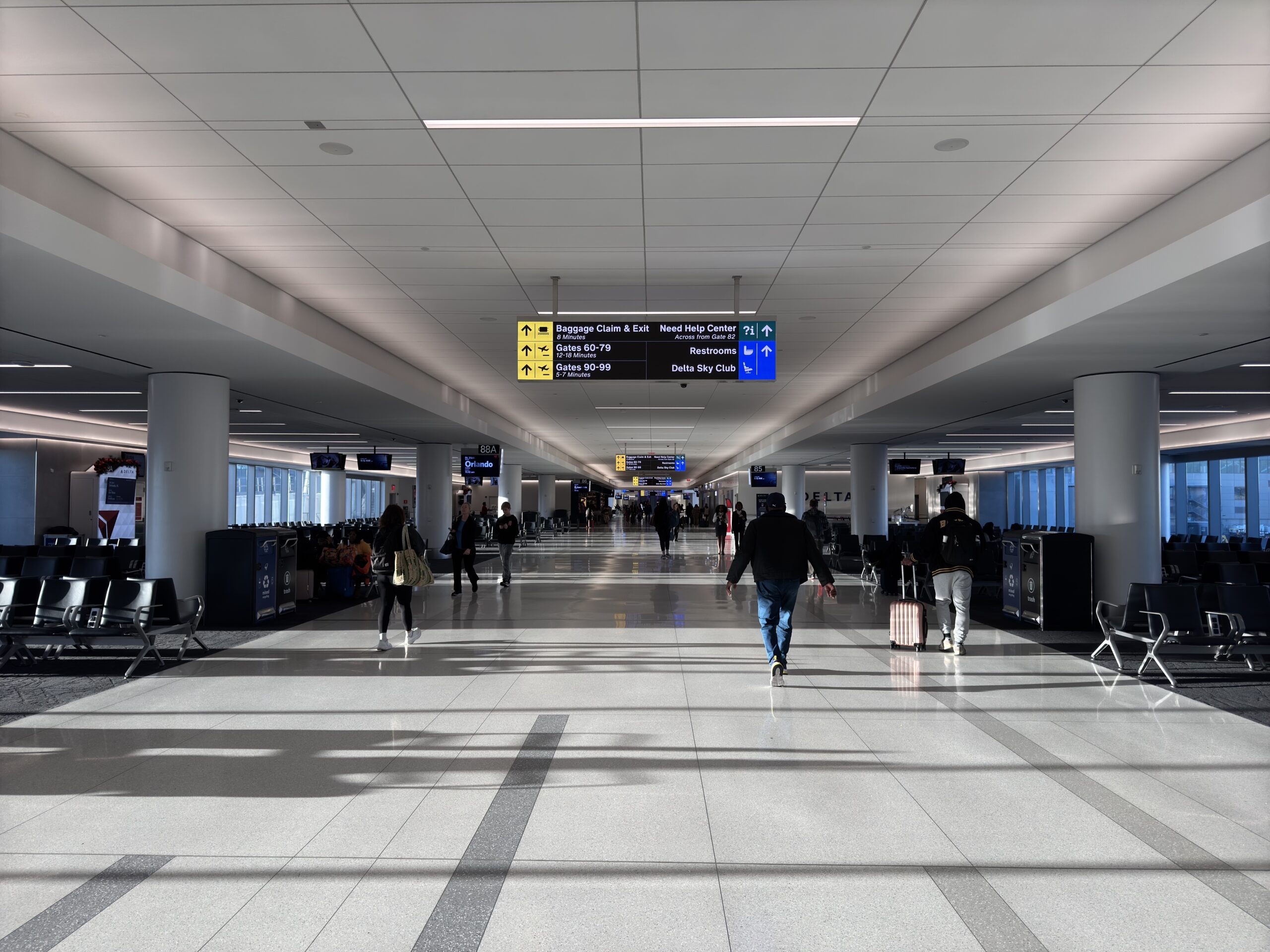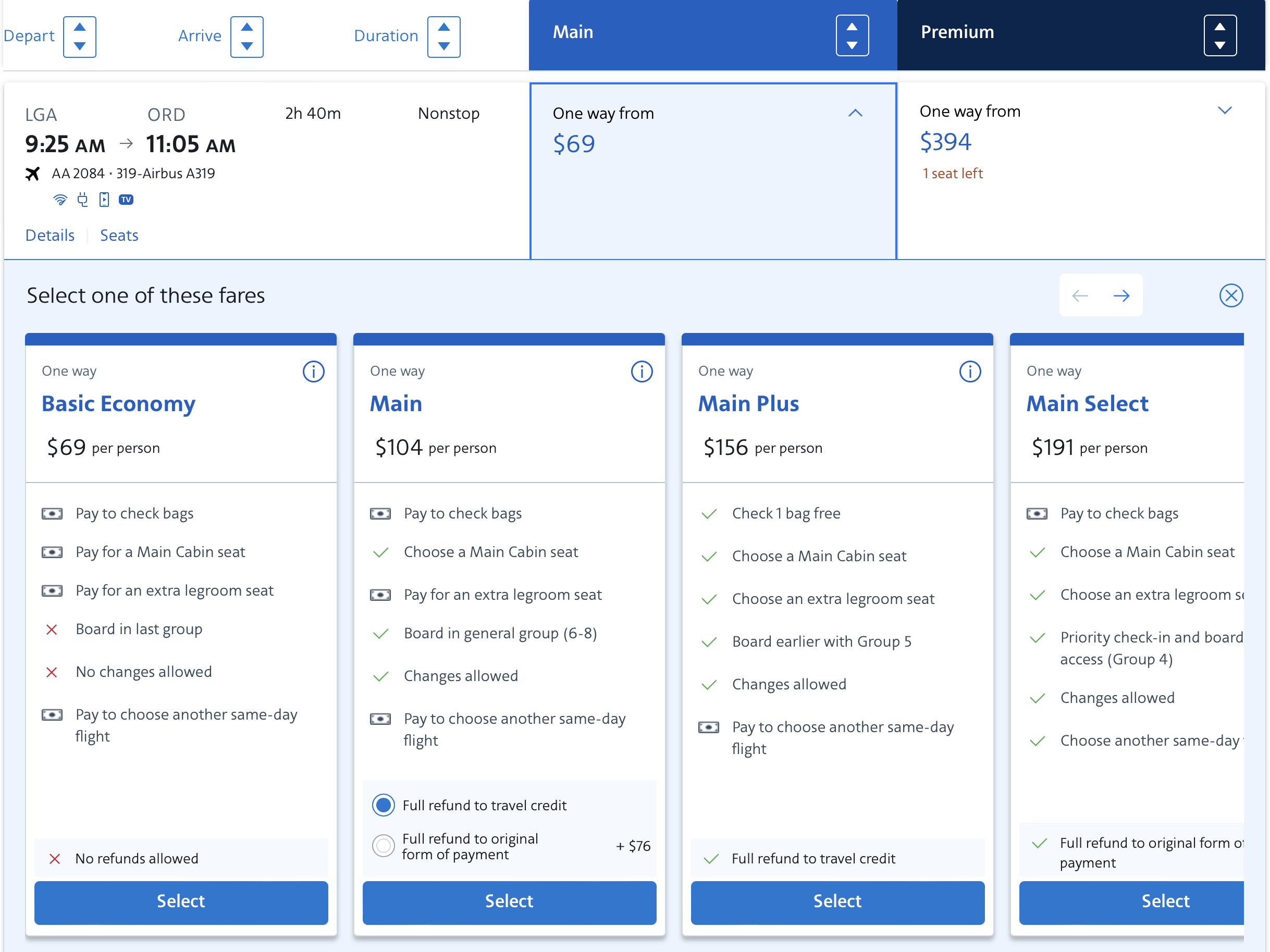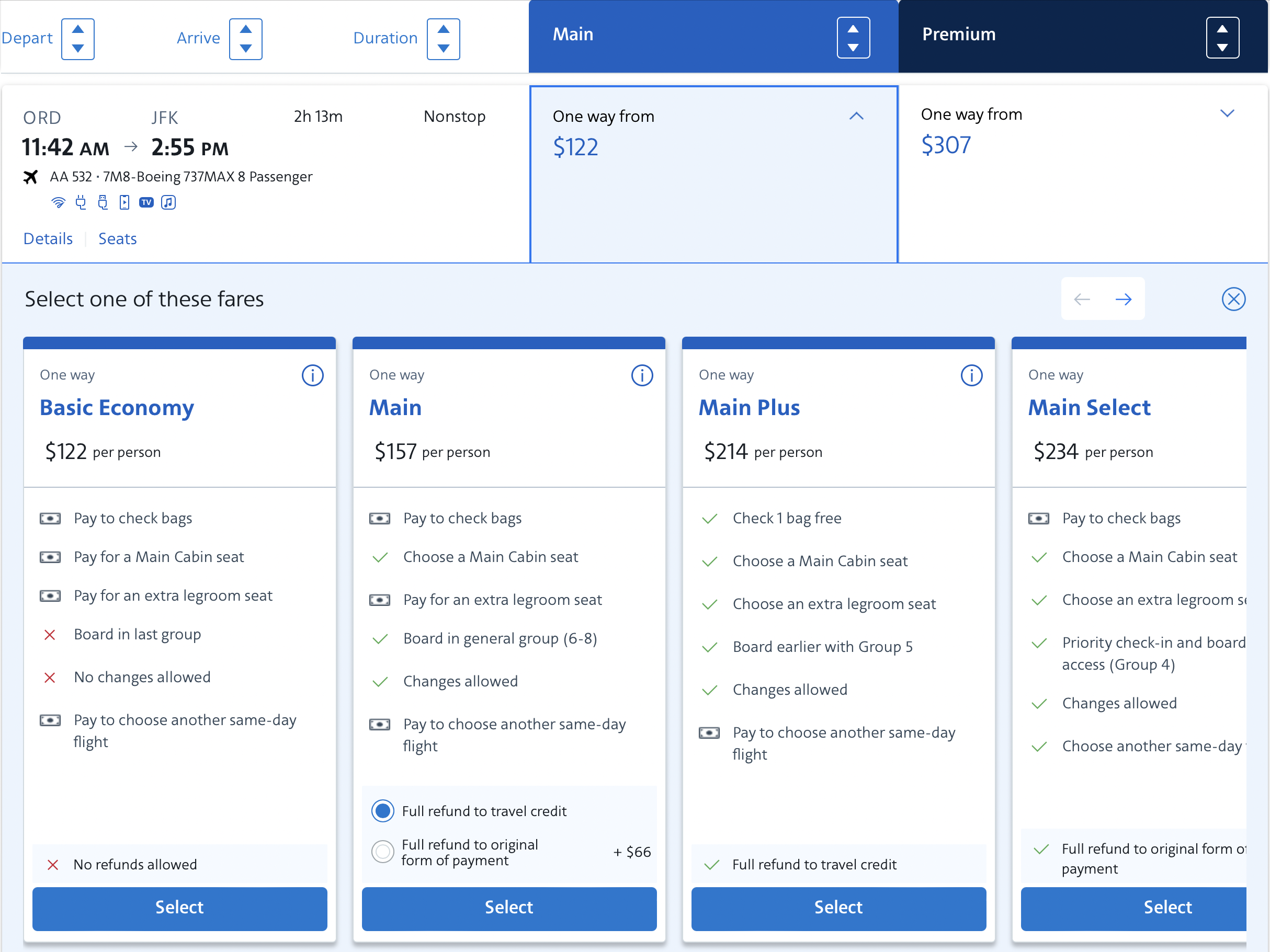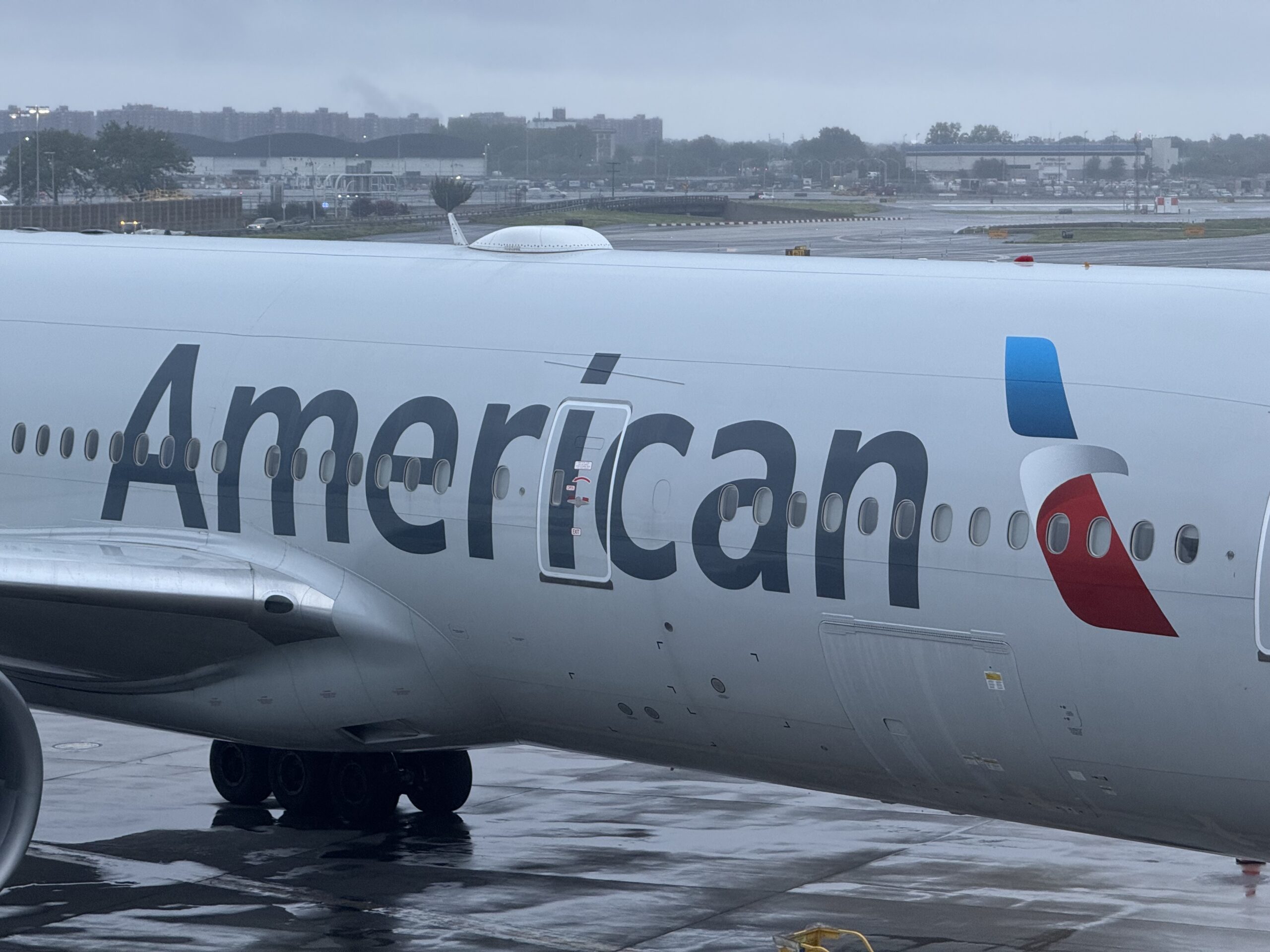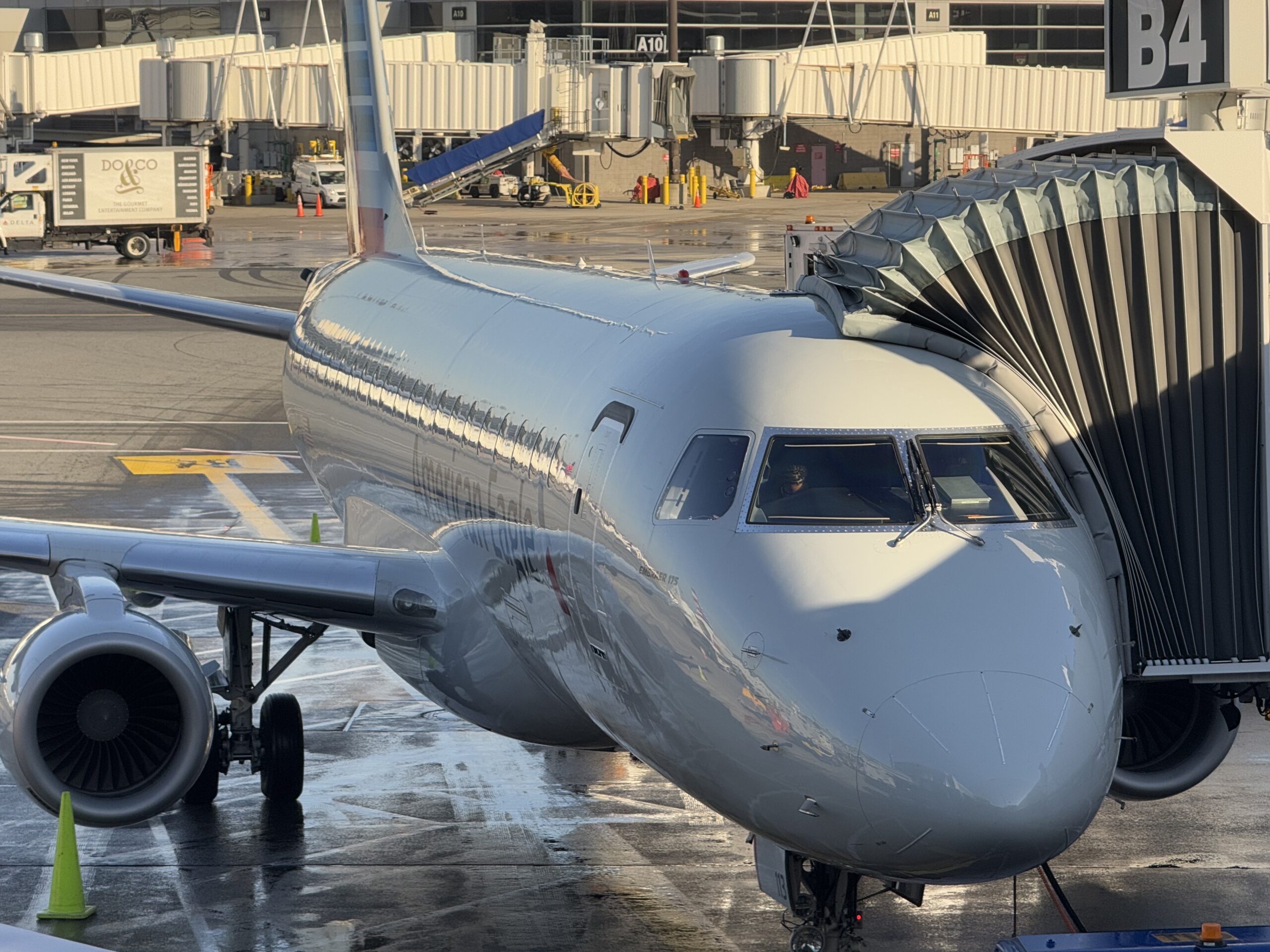Choosing between round-trip and one-way flights may seem simple. If you need a return trip, it makes sense to book a round-trip itinerary. If you’re trying to go to a destination without the intent to return, of course you’d choose the one-way ticket.
However, some travelers do opt to book two one-way tickets even when they have a planned return date. I do this a lot, for example. I often book the first leg as a one-way ticket, knowing that I will return to my origin but not knowing when. This allows me some flexibility where I can purchase my return ticket separately when I’m more certain about my return date at a later stage.
Let’s go over the pros and cons of doing this, and when it does or doesn’t make sense to book this way.
Domestic vs International
The price difference can depend on whether you’re booking a domestic flight or an international flight. Generally, it’s always cheaper to book round-trip tickets when flying internationally, period. There isn’t much more to it. The exception can be award tickets, where the amount of miles needed is often predetermined. For example, a one-way flight booked with American Airlines AAdvantage miles from the U.S. to Asia will cost 35k miles each way, no matter if it’s booked one-way or round-trip.
Another issue with booking international flights with one-way itineraries is that if you’re visiting a country, you will typically need to show proof of your intent to leave. Having two one-way tickets may complicate this compared to a simple round-trip that the immigration officer is accustomed to seeing.
Related: Book American Airlines partner airlines using AAdvantage miles
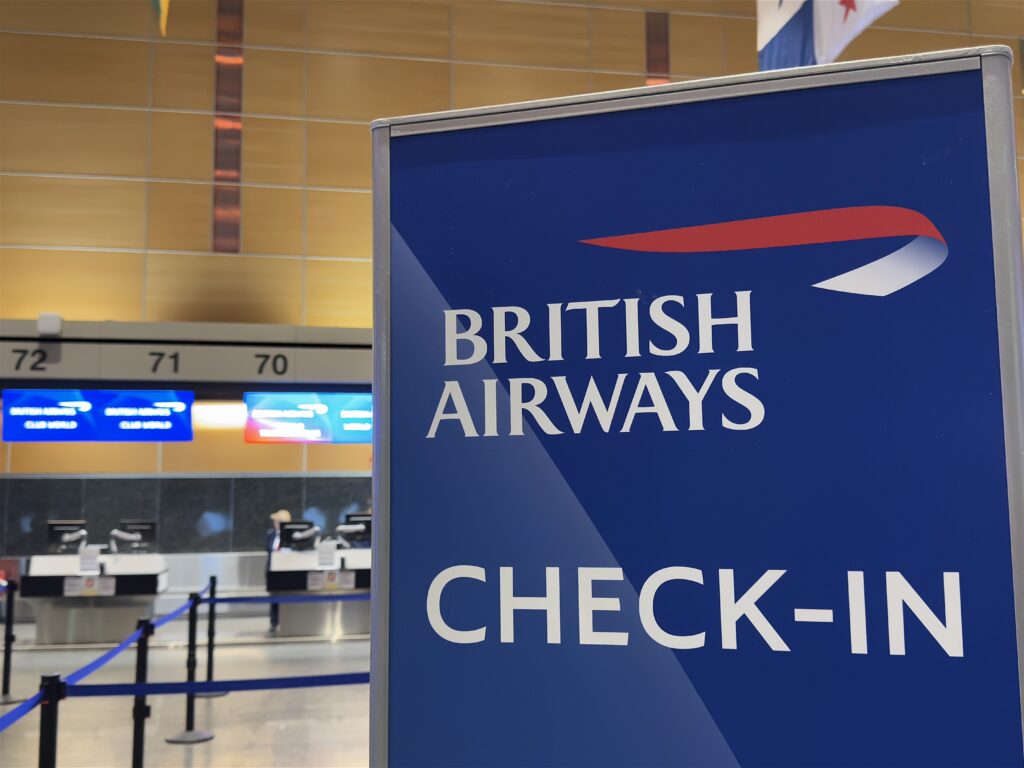
Domestic flights, however, can get interesting. In addition to not having to deal with immigration, fares typically are not that different whether you book a round-trip ticket or two one-way tickets.
Let’s use a New York City to Chicago itinerary as an example, for a trip that’s a couple weeks out. If I choose to book a round-trip ticket, regular Main Cabin would cost me $267.
If I book two one-way tickets on the other hand, my first leg to Chicago would cost me $104.
Then, my return flight home to New York City would cost me $157. That’s a total of $261, which is actually $6 cheaper than booking a round-trip ticket.
Obviously, remember that air fares vary a lot and you won’t always see the round-trip tickets go for the same price as two one-way tickets. But it does happen, and more reliably so on shorter hub routes. I’ve done this a lot between New York and Boston, specifically.
When Cancelling Flights
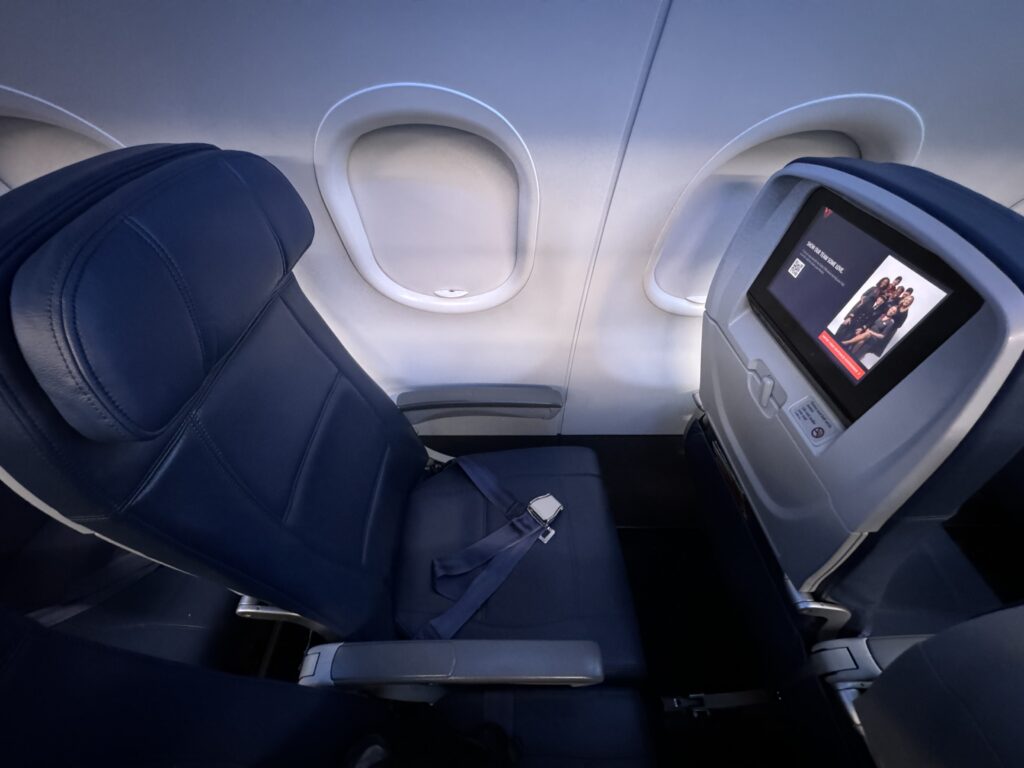
One thing to note when booking two one-way tickets is canceling flights. If you want to cancel one leg of your round-trip flight, it might be more complicated than having the two one-way tickets. It requires an overhaul of your entire trip, which may mean a call to customer service, which can take time.
However, in the event of potential bad weather with travel waivers issued, having the round-trip ticket might be easier as the airline can deal with your entire trip. Having two one-way tickets, in this case, can be more complicated because of how a travel waiver might not cover your return trip, which is a completely separate deal from the airline’s perspective.
Read: My worst flight ever, an airplane nightmare
Bottom Line
At the end of the day, one-way tickets are a product airlines offer. I enjoy the flexibility of booking two one-way tickets, as it fits my need for travel. For those who value flexibility, this might be a good choice. However, since prices usually aren’t different between round-trip and two one-way flights, just booking the round-trip ticket and having one itinerary should make more sense for most travelers.
Featured image by the author.




